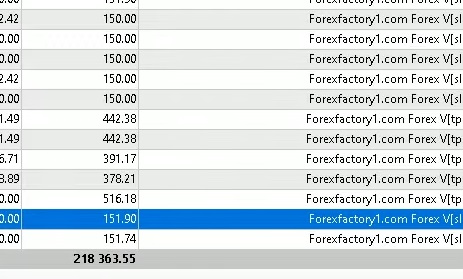$5+
How can I invest with no money?
Learn to Start Investing When You Have No Money
Not having any money is probably the most common reason for not investing. And while it’s true that you won’t be able to invest right now, there’s plenty you could — and should — do right now to get started.
Investing is mostly a matter of rearranging and prioritizing your finances. If you ever plan to start investing — even if you have no money right now — you need to get busy.
The sooner you start investing, the sooner your money will begin growing into something substantial for the future. The biggest investing mistake is not getting started!
Step 1: Make Room in Your Budget
If you have no money to invest, you’ll have to start by rearranging your budget. Look at everything you spend money on in a typical month; are there one or two expenses you can eliminate?
You may not have to seriously disturb your lifestyle you’re living, but you have to weigh if it’s worth cutting a certain expense, to gain financial freedom in the future. Cutting out expenses totaling no more than $50–$100 per month is usually all you need to get started.
Once you do start, you’ll gradually find ways to cut more expenses and direct the savings straight into investing. If you want to fast forward the process, you can sell off personal items you no longer need or want, or even begin banking windfalls — like income tax returns and bonuses. All that will be easier to do once you make room in your budget.
Most people assume they need to have thousands of dollars saved before they can begin investing, and while a larger nest egg does have obvious advantages, it isn’t entirely necessary either. The most important single step in investing is getting started, right now, right where you’re at, with whatever money you have — regardless of how small it seems.
Step 2: Save Up Some “Seed” Money
There are investments you can start with no money at all (we’ll get to those in a bit), but for the broadest number of potential investment opportunities, you will need some money available.
For starters, it can be difficult to achieve investment diversification with just a few hundred dollars, or even a couple thousand. A smaller investment limits your stock market options to mutual funds, particularly index funds.
But these funds typically carry upfront minimum investments, usually at least $1,000 (if you are to have any real choice). In order to begin investing in this way then, you will need to save up some money.
The best strategy here is to open up a savings account or money market fund that will be earmarked for future investing. You can think of it as being a pre-investment account. You’ll want to save at least $1,000 (though more is certainly better) before you begin any serious investing.
You can fund this account out of money you get from windfalls (as discussed above) or through regular payroll deductions.
====================================================================
YOUTUBE REAL TIME VIDEO TRADING
====================================================================
Step 3: Maximize Payroll Deductions
Most of us are accustomed to directly depositing our payroll checks into our checking accounts, but in point of fact, you can have money deposited in just about any account you want.
Some employers will allow you to allocate your money into several accounts of your choice. You can continue to have the majority of your money going into your checking account to pay for regular living expenses, but also have a little moved into a savings account or money market for future investing.
If you allocate $50 per paycheck into savings, and you’re paid twice each month, you’ll save $100 per month or $1,200 for an entire year! Not bad.
Not only will you reach the $1,000 minimum before the year is out, but you’ll hardly notice it’s happening. That’s what makes payroll-based savings one of the most efficient capital accumulation strategies possible.
You can do the very same thing with retirement savings, which is the next part of our discussion.
Step 4: Start With the Right Retirement Plan
If you have no money to begin investing right away, as we discussed, the best way to start is through payroll deductions directly being deposited into a retirement plan.
The logical place to start is through an employer-sponsored retirement plan. You can make direct deposits into the plan out of your paycheck, in any amount that within your comfort zone. And an employer plan will usually allow you to begin investing your contributions immediately — unlike a traditional investment account.
If you don‘t have an employer-sponsored retirement plan, you can begin contributing to an Individual Retirement Arrangement, or IRA. For 2019, you can contribute up to $6,000 per year ($7,000 if you are 50 or older), and you will get a tax deduction for doing so since you are not covered by a plan at work.
TD Ameritrade will allow you to open an IRA, Traditional or Roth, with no minimum initial deposit required. E*TRADE has a similar arrangement, and best of all, both are discount brokers so as your account grows, and you’re ready to start actively trading, you can do it at minimum cost.
Both plans allow you to make direct contributions out of your paycheck, similar to the way you would with a company-sponsored plan.


